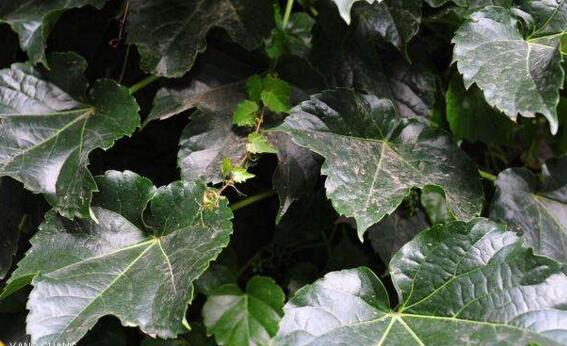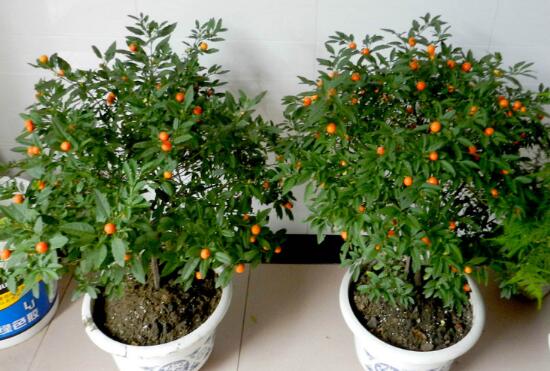How to propagate Gladiolus, the propagation method / dividing ball / cutting ball / tissue culture of Gladiolus can be
Gladiolus is a very popular fresh cut flower, as long as it is cultivated properly, it grows very fast. Generally, a female ball can produce a lot of balls after 1 year, and these balls can be used for reproduction, so how can Gladiolus reproduce? The editor came to tell you three commonly used breeding methods of gladiolus.
How to reproduce Gladiolus

After years of cultivation, there are three common propagation methods of Gladiolus, namely, ball-dividing propagation, ball-cutting propagation and tissue culture. if you are flower friends who have just planted Gladiolus, the most suitable method is to divide balls. Cut autumn is more suitable for rare varieties, tissue culture is suitable for the cultivation of new varieties.
Propagation methods of Gladiolus
First, Gladiolus bulb propagation
The annual gladiolus will produce 1-2 commercial balls around the cue ball, and a lot of bulbs will be derived. The perimeter of the big bulb is 4-8 cm, the middle is 2-4 cm, and the small one is less than 2 cm. Generally, bulb reproduction will choose a variety with a smaller bulb, because it can ensure strong genetic characteristics, but the disadvantage is that it takes a long time to cultivate.
After giving thanks from October to November, dig up the bulbs, separate them according to size, keep the medium and small balls, dry in a cool place and keep them in an environment of 5-10 degrees, and then replant them after the temperature warms up the following spring.
2. Cutting ball propagation of Gladiolus
There are some more cherished varieties of gladiolus, there may be a relatively small number of balls, this time can be used to cut balls to breed, at this time how to reproduce gladiolus? Remove the skin membrane from the outside of the big bulb, and then cut the bulb into several pieces with poisonous props, making sure that each piece has stem buds and stem plates.
Spread the stem plate with plant ash and charcoal to prevent decay, put it in a cool place to dry, and then plant the stem buds in the culture soil with a depth of about 5-10 cm, keeping the soil moist and suitable temperature. new leaves can grow after a period of time.
3. Tissue culture of Gladiolus
Explants need to be selected for tissue culture. Dormant buds, corm cubes or petals that are more suitable for explants on Gladiolus plants are disinfected and inoculated, and then cultured in an environment of 25 degrees Celsius and 2000 leels of light. Seedlings can be obtained by induction and rooting culture. After the seedling is formed, the bulb can be obtained by continuous cultivation, and then it can grow into a mother ball after two years of planting.
How to reproduce Gladiolus
Meristem propagation of Gladiolus
This is one of the main ways of gladiolus reproduction, that is, ball reproduction. After the gladiolus is planted, a new bulb will be formed where the mother ball sprouts. As the new ball grows up, many balls will form between the new ball and the cue ball. The big balls are more than 1 cm in diameter and can blossom in the same year after cultivation. The small balls are as big as mung beans and can blossom in a year or two. From October to November after flowering, the stem balls are raised, separated according to their size, and the old balls are discarded, leaving the new balls and seeds to be fully dried, then stored in a ventilated and dry place with a temperature of 5-10 ℃, and the seeds can be sown the following year.
If the number of balls is relatively small, it can be cut and then propagated. Remove the skin film on the outside of the strong bulb, cut the bulb into several pieces after being sterilized with a knife, and pay attention to more than one stem bud and stem disk on each piece. In order to prevent decay, the stem plate can be smeared with plant ash and charcoal powder. after drying, the stem buds are loaded up into the culture soil with a depth of 5-10 cm.
Sowing and propagation of Gladiolus
The seed bulb of Gladiolus has no dormant period, and the fruit will crack when it is ripe, so it is necessary to harvest the seeds in time, because its life is relatively short, so it should be sown in time after harvest. Generally, the sowing method is used in the middle or first ten days of September, and the temperature had better be kept at ℃, and the seedlings can emerge in a month or so.
Tissue Culture and Propagation of Gladiolus
Dormant buds, axillary buds and corm cubes can all be used as explants. After disinfection and inoculation, they can be cultured under the condition of 25 ℃. Plantlets can be obtained by induction, subculture and rooting culture, and bulbs can be obtained by continuous culture. after two years of planting, they will grow into mother balls and are nontoxic.
The above are several breeding methods of Gladiolus summarized by the editor. I hope they can help you.
The efficacy and function of Gladiolus in the whole Gladiolus
Gladiolus has a wide variety and rich colors, which is indispensable for weddings and banquets. What are the breeding methods of Gladiolus? What is the effect and effect? Next, let's take a look at the breeding methods of Gladiolus and the efficacy and effect of Gladiolus.
I. Propagation methods of Gladiolus
The main results are as follows: 1. Bulb reproduction: the smaller the bulb, the more it can maintain the genetic characteristics of the variety, but the cultivation life is longer. The bulb is bigger because it has the ability of flowering, the nutrient consumption is too large, and the quality of producing commercial ball is not good. Therefore, it is best to breed commercial balls with neutron balls in cultivation. The middle ball and the big ball adopt the trenching point planting method, the groove depth is about 3 times of the ball diameter, and the plant distance is flexibly controlled according to the ball diameter. The small ball adopts the trench sowing method, and the sub-ball mostly uses the direct sowing method. It is necessary to apply sufficient basic fertilizer before planting, but it should be noted that the fertilizer should not be in direct contact with the corm, pay attention to water management after sowing, and do not dry or water before emergence.
2. Cutting ball propagation: for some rare varieties, in order to rapidly expand the reproduction coefficient, full commercial balls can be cut into 2-4 pieces, and each piece must be guaranteed to have part of the root disc and complete buds for seed ball reproduction. To prevent the bulb from rotting, the section should be smeared with charcoal powder or plant ash and planted immediately.
3. Tissue culture propagation: tissue culture propagation can renew and rejuvenate conventional cultivated varieties, because of the long-term asexual reproduction of Gladiolus, the phenomenon of variety mixing and degradation is quite serious, so tissue culture must be carried out regularly to detoxify and rejuvenate. Both petals and lateral buds can be used as explants. After disinfection and inoculation, the seedlings can be cultured under the condition of 25 ℃ and 2000 L, and the seedlings can be obtained by induction, subculture and rooting culture.
II. Efficacy and function of Gladiolus
1. The gladiolus bulb can be used as medicine, which has excellent medicinal efficacy, and has the effect of reducing swelling and pain on the injury of human beings. after the injury, people can mash the gladiolus corm directly, apply it directly to the injured site, and change the dressing once a day. It can quickly eliminate the swelling and pain.
2. The stems and leaves of Gladiolus contain a lot of vitamin C, which can be made into vitamin tablets and other health products for human consumption after extraction and processing by modern technology.
3. Gladiolus is also an important raw material for making cut flowers or flower beds. This plant has a beautiful appearance and is now gorgeous and generous when it blossoms. It is the most common and most popular characteristic flower in all parts of the country.
4. Gladiolus can be made into separate planting and breeding, and it is also a good gift for relatives and friends. The flower language of this plant is love, heart, Corning and longevity. It is suitable for giving to different people, and it can absorb a lot of carbon dioxide when placed at home. It plays an obvious role in beautifying the environment and purifying the environment.
The above is the method of gladiolus reproduction and the introduction of the efficacy and function of gladiolus. You can choose your favorite variety to breed.
- Prev

How to reproduce Parthenocissus, Parthenocissus reproduce method Daquan / cutting / sowing / striping
Flower friends who have raised Parthenocissus know that its planting method is very simple, but there is one thing that some flower lovers are easy to ignore and do not understand, that is, reproduction, when we want a variety of pots, how to reproduce? Next, let's learn about the breeding methods of Parthenocissus.
- Next

How to reproduce winter corals? two propagation methods of winter corals (cutting / sowing)
Winter coral, a very beautiful plant, is also known as the four seasons fruit because of its lovely fruit. Because the winter coral is very beautiful indoors, it is kept at home by many people, but is a pot of winter coral too monotonous? It's time to breed a pot, so how do winter corals reproduce?
Related
- Fuxing push coffee new agricultural production and marketing class: lack of small-scale processing plants
- Jujube rice field leisure farm deep ploughing Yilan for five years to create a space for organic food and play
- Nongyu Farm-A trial of organic papaya for brave women with advanced technology
- Four points for attention in the prevention and control of diseases and insect pests of edible fungi
- How to add nutrient solution to Edible Fungi
- Is there any good way to control edible fungus mites?
- Open Inoculation Technology of Edible Fungi
- Is there any clever way to use fertilizer for edible fungus in winter?
- What agents are used to kill the pathogens of edible fungi in the mushroom shed?
- Rapid drying of Edible Fungi

